calsfoundation@cals.org
Fordyce (Dallas County)
County Seat
| Latitude and Longitude: | 33º48’49″N 092º24’46″W |
| Elevation: | 272 feet |
| Area: | 6.81 square miles (2020 Census) |
| Population: | 3,396 (2020 Census) |
| Incorporation Date: | April 8, 1884 |
Historical Population as per the U.S. Census:
|
1810 |
1820 |
1830 |
1840 |
1850 |
1860 |
1870 |
1880 |
1890 |
1900 |
|
– |
– |
– |
– |
– |
– |
– |
– |
980 |
1,710 |
|
1910 |
1920 |
1930 |
1940 |
1950 |
1960 |
1970 |
1980 |
1990 |
2000 |
|
2,794 |
2,996 |
3,206 |
3,429 |
3,754 |
3,890 |
4,837 |
5,175 |
4,729 |
4,799 |
|
2010 |
2020 |
|
|
|
|
|
|
|
|
|
4,300 |
3,396 |
|
|
|
|
|
|
|
|
Located at the intersection of Highways 167 and 79 in south central Arkansas, Fordyce was established in 1882 and named for Colonel Samuel Wesley Fordyce, a railroad builder and developer. It has long been a center for the timber industry in southern Arkansas.
Pre-European Exploration
Prior to European settlement, present-day Fordyce was inhabited by ancestors of the Caddo. Although no historic Caddo communities existed there, artifacts of Native American life are occasionally found in the area.
Louisiana Purchase through Reconstruction
Fordyce was a relatively late bloomer in Dallas County as compared to centrally located Princeton (Dallas County), which was incorporated in 1849 and served as the first county seat, and Tulip (Dallas County), which was considered the cultural center of Arkansas in the mid-1800s. Settlers began to make their way into the southeast part of the county by the late 1850s, and small trade centers such as Bucksnort (Dallas County) and Chambersville (Calhoun County) began to develop near present-day Fordyce. Prior to 1850, the land that became Fordyce was partly cleared and settled by W. W. Killabrew. No Civil War battles were fought in the present-day Fordyce area, but in April 1864, battles were fought at nearby Marks’ Mills and Jenkins’ Ferry. In the 1870s, Henry Atkinson, an African American, secured the land that would become Fordyce and later sold it for $118 to Dr. Algernon Sidney Holderness, who built a sawmill on the site.
Post Reconstruction through the Gilded Age
In the late 1870s, Col. Samuel Fordyce made three trips by horseback between Cairo, Illinois, and Texarkana (Miller County), selecting the best route for the Texas and St. Louis Railway Company (later the St. Louis, Arkansas and Texas Railway, often called the Cotton Belt). Land along the chosen route was purchased in southeast Dallas County from Dr. Holderness, and the new town site of Fordyce was platted. Fordyce was incorporated on April 8, 1884, and grew along with the development of railroad transportation. Early in the town’s history, there were ten stores, two liveries, a hotel, a railroad depot, and church congregations accommodating Methodists, Baptists, and Presbyterians. The first post office was located in George W. Stevenson’s store. Stevenson was postmaster; Virgil R. Harris was assistant postmaster. The Fordyce Enterprise, established in 1884 by James Madison Raines, was the first newspaper in the county.
Early Twentieth Century
The county seat was moved from the non-railroad town of Princeton to Fordyce, which was on the Cotton Belt and Rock Island railroads, in 1908. Organizations found in Fordyce in the early twentieth century included the EM Lodge 363, the Eastern Star, the Culture Club, the Sesame Club, the American Legion Post, the Music Club, the Business and Professional Women’s Club, the Rotary Club, the American Legion Auxiliary, and the Lion’s Club. Many social functions were held at the Kilgore Hotel.
During the Great Depression, most farmers used wells for water, collected wood for heating and cooking, and grew their own food. Some townspeople had gardens and a few chickens, but the Depression was difficult for many. The government provided commodities through the United States Department of Agriculture (USDA) and built canning kitchens. The Civilian Conservation Corps (CCC) and the Works Progress Administration (WPA) provided some employment.
World War II through the Modern Era
Patriotism ran high during World War II, and many citizens in the Fordyce area served their country. Those on the home front also contributed; many worked at the Shumaker Ordnance Plant at East Camden (Ouachita County) or the Pine Bluff Arsenal.
Allied Telephone Company in Fordyce was responsible for the first person-to-person direct distance telephone call in the United States, dialed in 1961. Georgia-Pacific Corporation purchased the Fordyce Lumber Company in 1963 and opened the world’s first southern pine plywood plant in Fordyce the following year.
Education
The private Clary Training School was an early educational center in Fordyce in the late 1800s. The school’s building later housed Fordyce Grammar School, which was the public school for white children. J. E. Wallace Elementary School, formerly Dallas County Training School, was the public school for African-American children. School integration was achieved without major problems under the able leadership of Superintendent Jack Gresham. The Fordyce public school system consists of an elementary, middle, and high school.
Industry
The main economic industry has always been timber. Fordyce Lumber Company was established in 1889, and by 1932, it employed twenty-five percent of the working population of Fordyce. The lumber company was purchased in 1963 by Georgia-Pacific Corporation. Koch Industries purchased Georgia-Pacific in 2005 but retained the Georgia-Pacific name.
Millcreek of Arkansas, established in 1988, is a major area employer, providing residential services for mentally challenged and psychiatric patients.
Attractions
The Dallas County Museum and Museum Annex are located in early buildings on Main Street. Steam Locomotive 101, used by the Fordyce and Princeton Railroad Company from 1931 to 1960 to haul logs to the mill and around the log yard, is on permanent display at the old Cotton Belt Railroad Depot. The oldest building in the city is the 1875 Fielder House. The Fordyce Commercial District, listed on the National Register of Historic Places, reflects the popular commercial architectural styles of the late nineteenth and early twentieth centuries and includes the Home Accident Insurance Building designed by architect Charles L. Thompson, who also designed the local Waters House. The Charlotte Street Historic District, also listed on the National Register of Historic Places, contains many Craftsman bungalow–style homes; another Craftsman-style house of note is the Elliott House. The 1904 Classical Revival–style Wynne House, listed on the National Register of Historic Places, houses the Wynne Phillips Bed & Breakfast. The Dallas County Courthouse, built in 1911, is another example of a Classical Revival style building listed on the National Register and serves as a landmark in Dallas County. The First United Methodist Church, designed by John Parks Almand, is also on the National Register, as is the First Presbyterian Church. Klappenbach Bakery, established in 1975, was featured in both Southern Living and the Arkansas Times, though it closed in 2011. The annual Fordyce on the Cotton Belt Festival is held in late April and honors the role that the railroad has played in the town’s history.
Famous Residents
Coach Paul William “Bear” Bryant was the “winningest coach in football history” until 1989. Redbug Field, the high school football field where he learned to play, is listed on the Arkansas Register of Historic Places. Johnny Cash, who reputedly regarded Fordyce as home, brought his musical entourage to perform at an early Fordyce on the Cotton Belt Festival. A. B. Banks, an insurance company executive and bank president, built Pine Shadows, a Charles L. Thompson–designed mansion surrounded by landscaping designed by George Kessler. During World War II, John Smith Thach developed a fighter plane tactic called the “Thach Weave,” which is still used by fighter pilots. James A. Gay, the first licensed African-American undertaker in Nevada and a member of the Nevada Athletic Commission, was also an executive at the Sands Hotel. Coach Jimmy “Red” Parker coached the Redbugs in a thirty-eight-game winning streak. Two of the five band members of the Rolling Stones were arrested in Fordyce in 1975. Rosemary Ellis is editor-in-chief of Good Housekeeping magazine. Major General Ray Edison Porter was born and buried in his hometown of Fordyce. Attorney General Ike Murry was also born in Fordyce and grew up there. Justice Robin French Wynne grew up in Fordyce.
For additional information:
Balogh, George Walter. “Entrepreneurs, City Builders, and Pine Forest Industries in South Arkansas, 1881–1963.” PhD thesis, University of Oklahoma, 1992.
Biographical and Historical Memoirs of Southern Arkansas. Chicago: Goodspeed Publishing Co., 1890.
Dallas County Museum. Fordyce, Arkansas.
Fordyce Weekly News. Golden Jubilee Edition, December 15, 1932.
“Historical Sketch of Fordyce, Arkansas.” Arkansas Family Historian 48 (March 2010): 47–51.
Paula Reaves
University of Arkansas at Monticello
Melrose Bagwell
Fordyce, Arkansas
 American Lumber
American Lumber 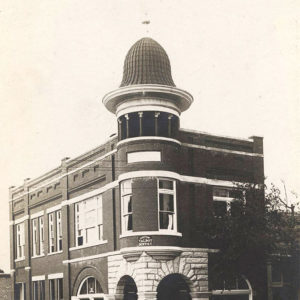 Bank of Fordyce
Bank of Fordyce  "Bear" Bryant Exhibit
"Bear" Bryant Exhibit 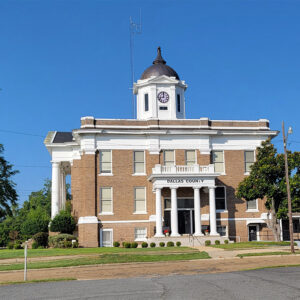 Dallas County Courthouse
Dallas County Courthouse 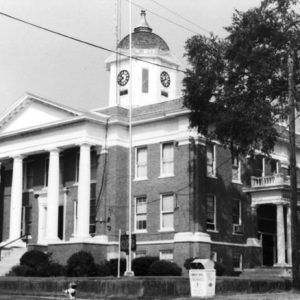 Dallas County Courthouse
Dallas County Courthouse  Dallas County Map
Dallas County Map 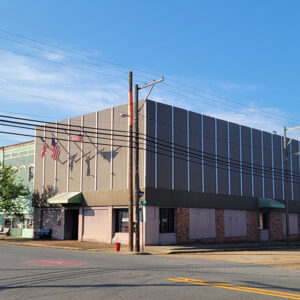 Dallas County Museum
Dallas County Museum  Dallas Theater
Dallas Theater 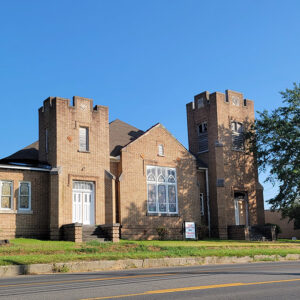 First Presbyterian Church (Fordyce)
First Presbyterian Church (Fordyce)  First Presbyterian Church (Fordyce)
First Presbyterian Church (Fordyce) 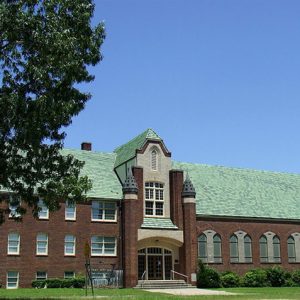 First United Methodist Church
First United Methodist Church 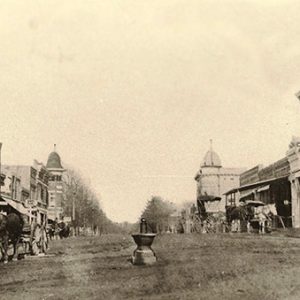 Fordyce Main Street
Fordyce Main Street 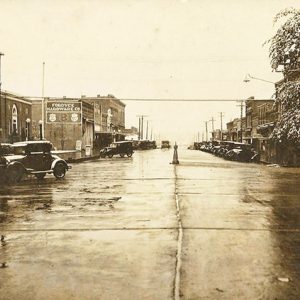 Fordyce Main Street
Fordyce Main Street 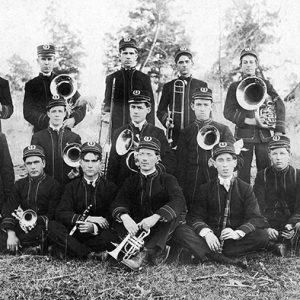 Fordyce Concert Band
Fordyce Concert Band  Fordyce Commercial Historic District
Fordyce Commercial Historic District 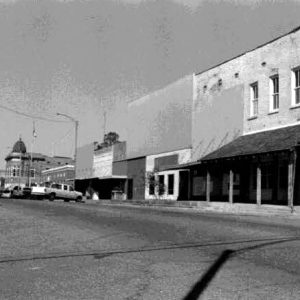 Fordyce Commercial Historic District
Fordyce Commercial Historic District 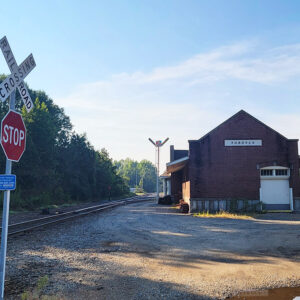 Fordyce Depot
Fordyce Depot  Fordyce Mural
Fordyce Mural  Fordyce on the Cotton Belt Festival
Fordyce on the Cotton Belt Festival 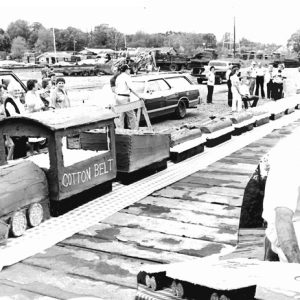 Fordyce on the Cotton Belt Festival Cake Train
Fordyce on the Cotton Belt Festival Cake Train 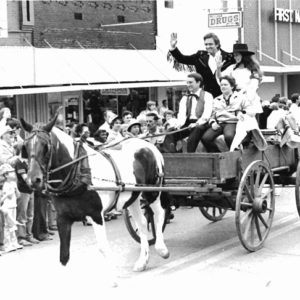 Fordyce on the Cotton Belt Festival Parade
Fordyce on the Cotton Belt Festival Parade 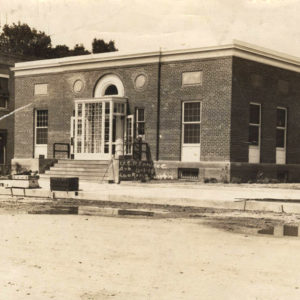 Fordyce Post Office
Fordyce Post Office 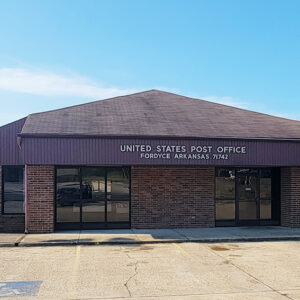 Fordyce Post Office
Fordyce Post Office 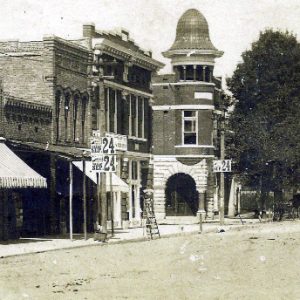 Fordyce Street Scene
Fordyce Street Scene 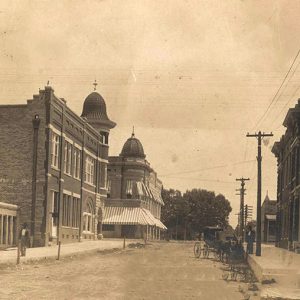 Fordyce Street Scene
Fordyce Street Scene 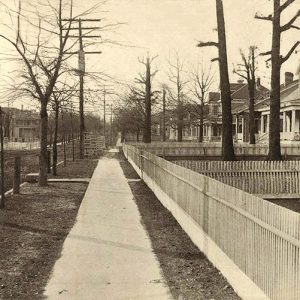 Fordyce Street Scene
Fordyce Street Scene 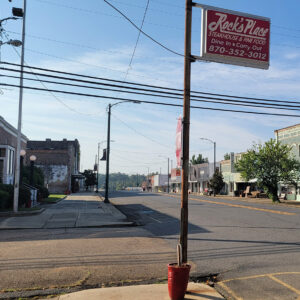 Fordyce Street Scene
Fordyce Street Scene  Fordyce Street Scene
Fordyce Street Scene 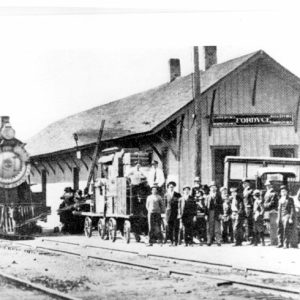 Fordyce Train Depot
Fordyce Train Depot 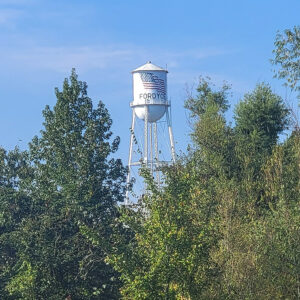 Fordyce Water Tower
Fordyce Water Tower 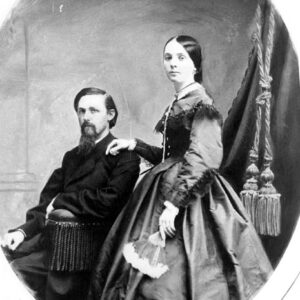 Samuel and Susan Fordyce
Samuel and Susan Fordyce 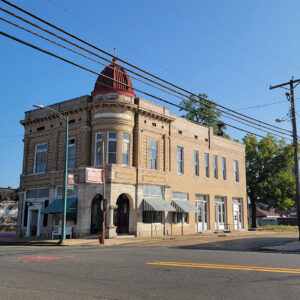 Home Accident Insurance Building
Home Accident Insurance Building  Kilgore Hotel
Kilgore Hotel  Pine Shadows
Pine Shadows 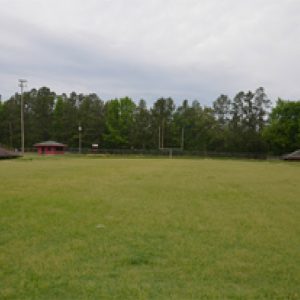 Redbug Field
Redbug Field  Waters House
Waters House 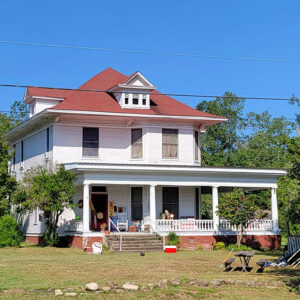 Waters House
Waters House 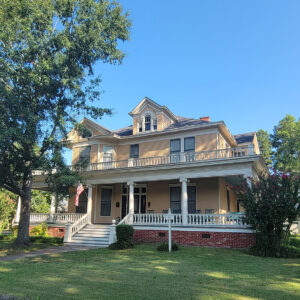 Wynne-Phillips House
Wynne-Phillips House 




Comments
No comments on this entry yet.